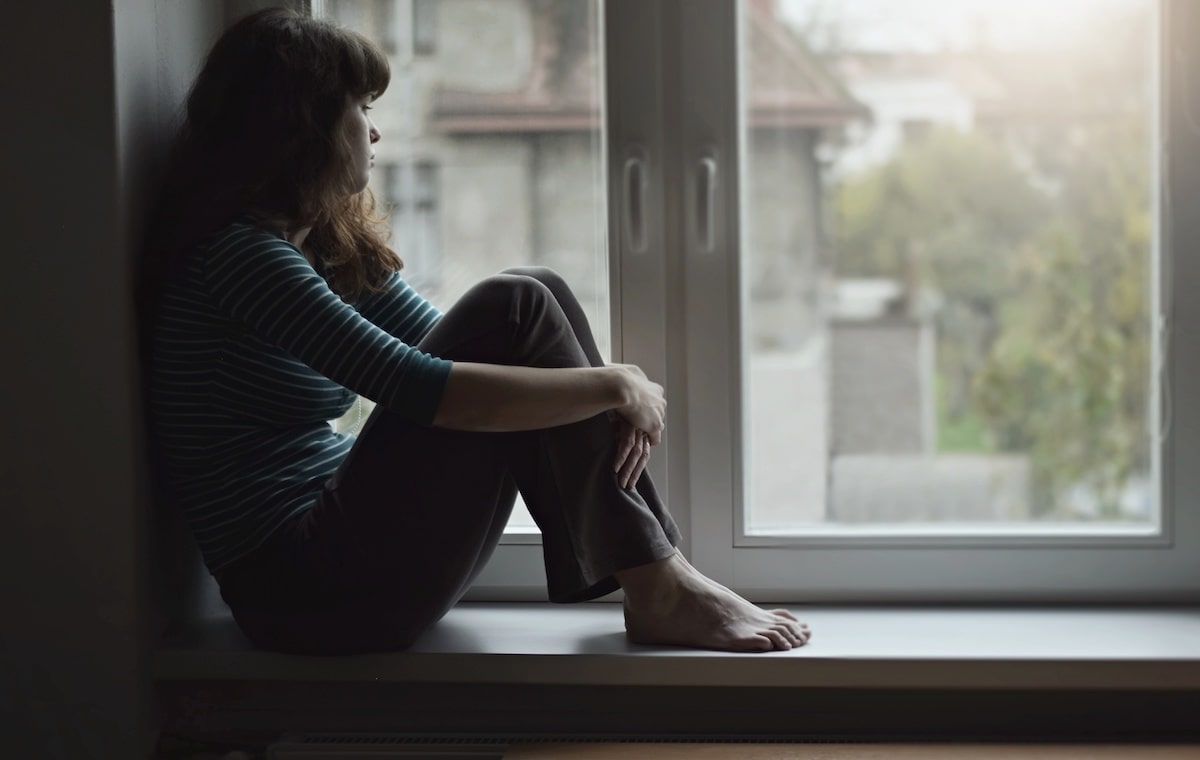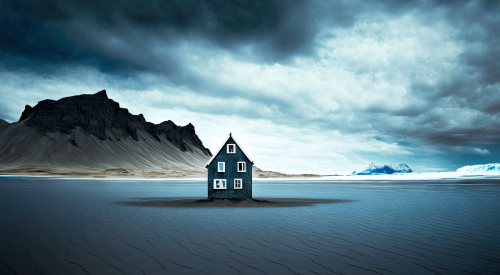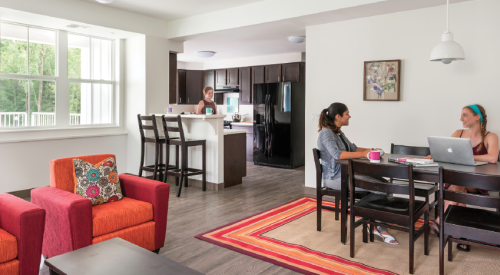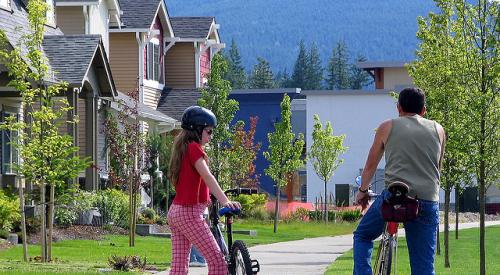Millennials and Generation Z are considered to be the loneliest generations on account of heightened social media use replacing face-to-face interactions. But according to Insider, another aspect of their daily lives may be contributing to involuntary solitude: the built environment.
Rising rents and house prices have made walkable and connected communities—which are more desirable for first-time buyers and renters—less affordable for them to attain. With costs surging for housing in public spaces that facilitate social connection, Millennials and Gen Zers are actively being priced out of places that could make them feel less lonely. In addition, one-bedroom apartments are more profitable for developers to build, meaning that a growing number of Americans are not just living in undesirable neighborhoods, but they’re moving there on their own.
Loose connections, or weak social ties, with the people in our communities help people feel a sense of belonging and safety, researchers have found.
But we need shared spaces to facilitate these interactions, Kent said.
This is where the built environment — green spaces, common areas in apartment buildings, and events like concerts and farmers' markets in public places — is key. People who live in communities with more walkable neighborhoods, shared space, greenery, and diverse types of housing, feel more socially connected and less lonely.
Home buyers in the biggest cities in the US pay 35% more to live in a walkable neighborhood and renters pay 41% more, according to a report published earlier this year by Smart Growth America.













